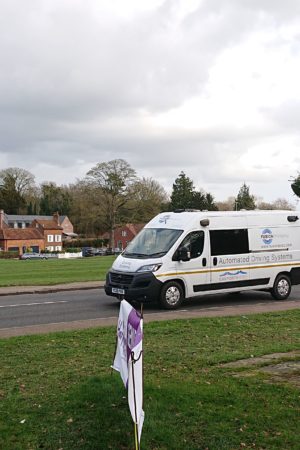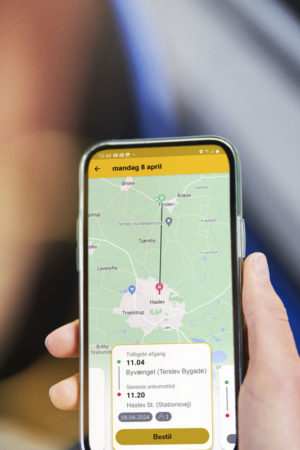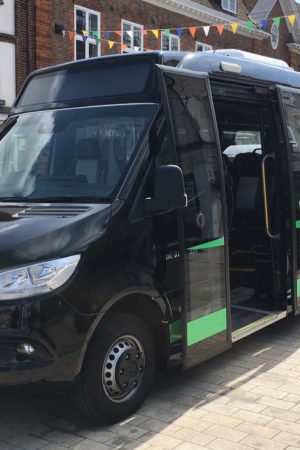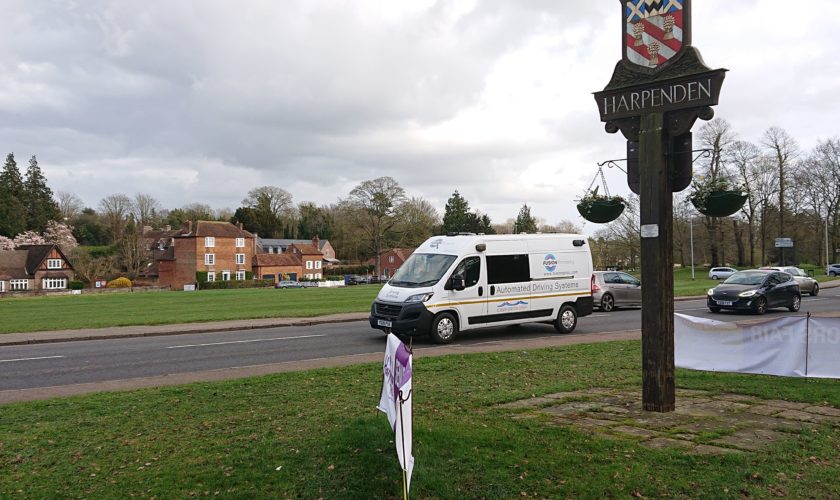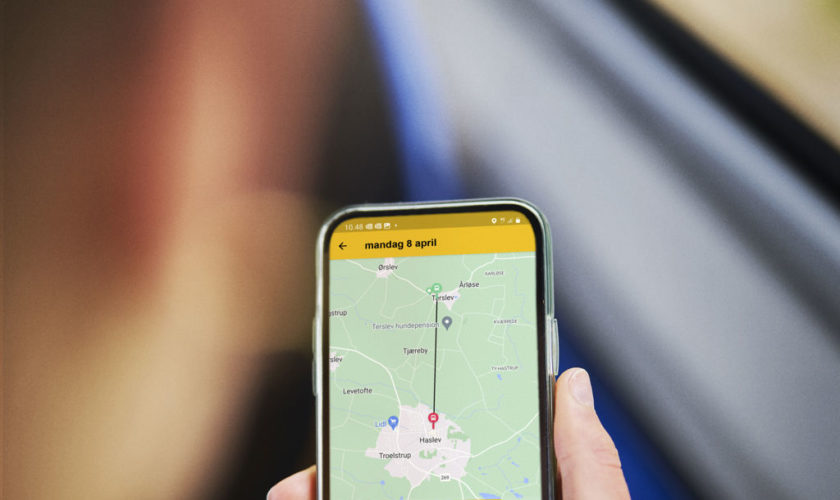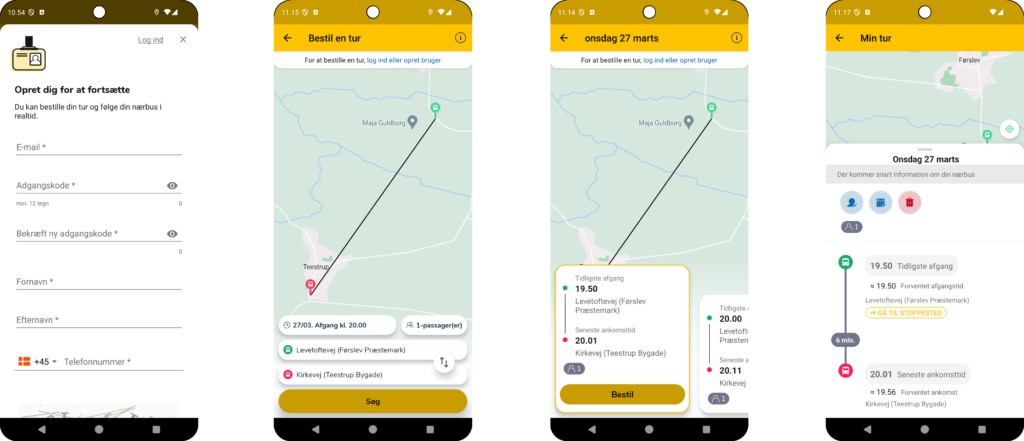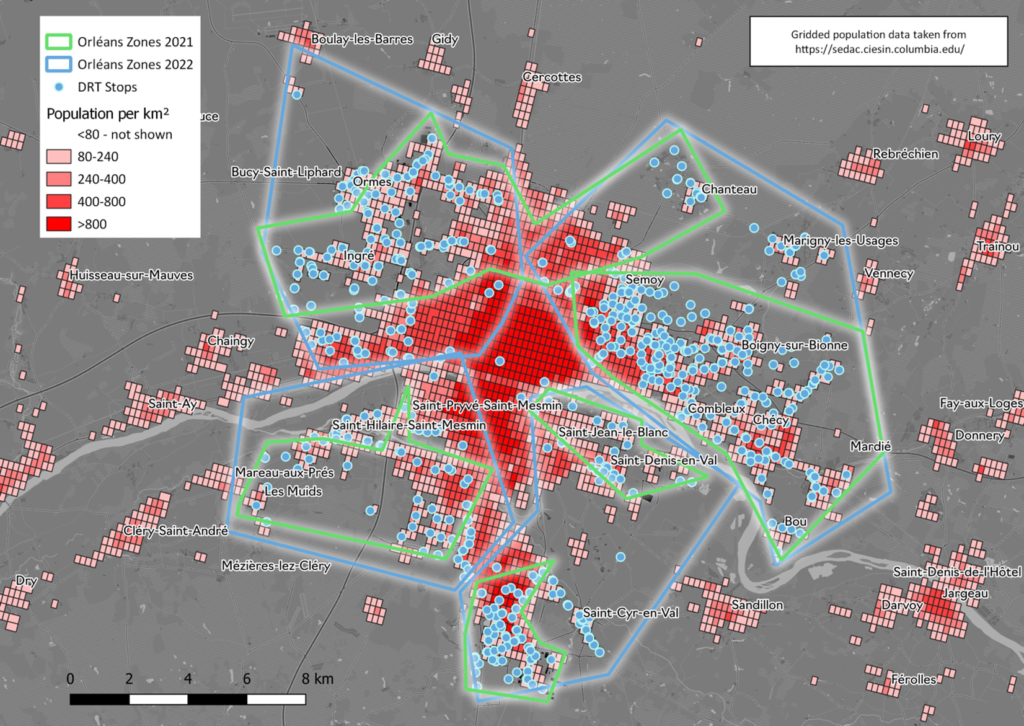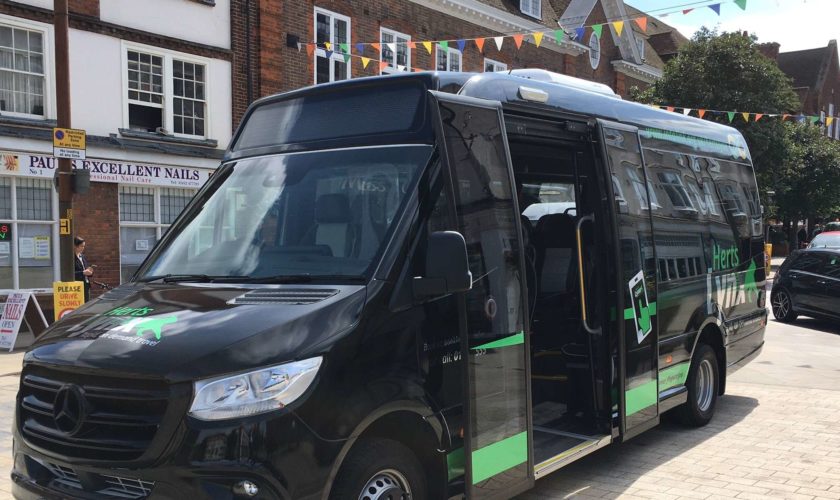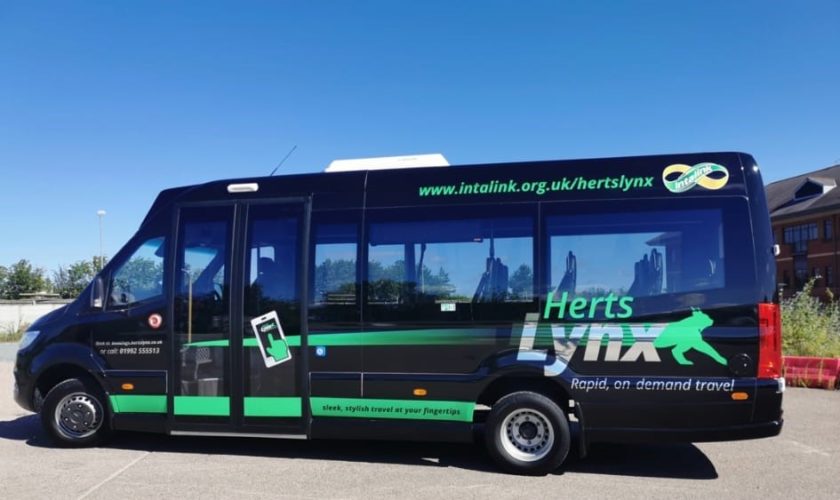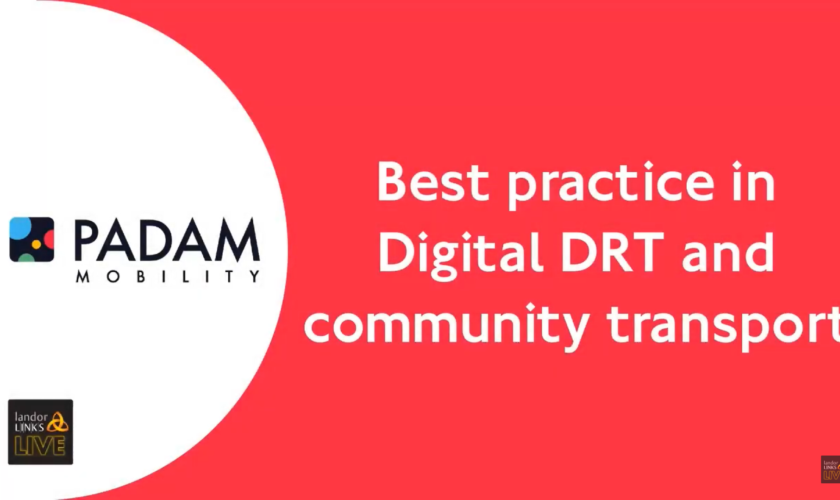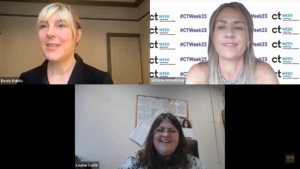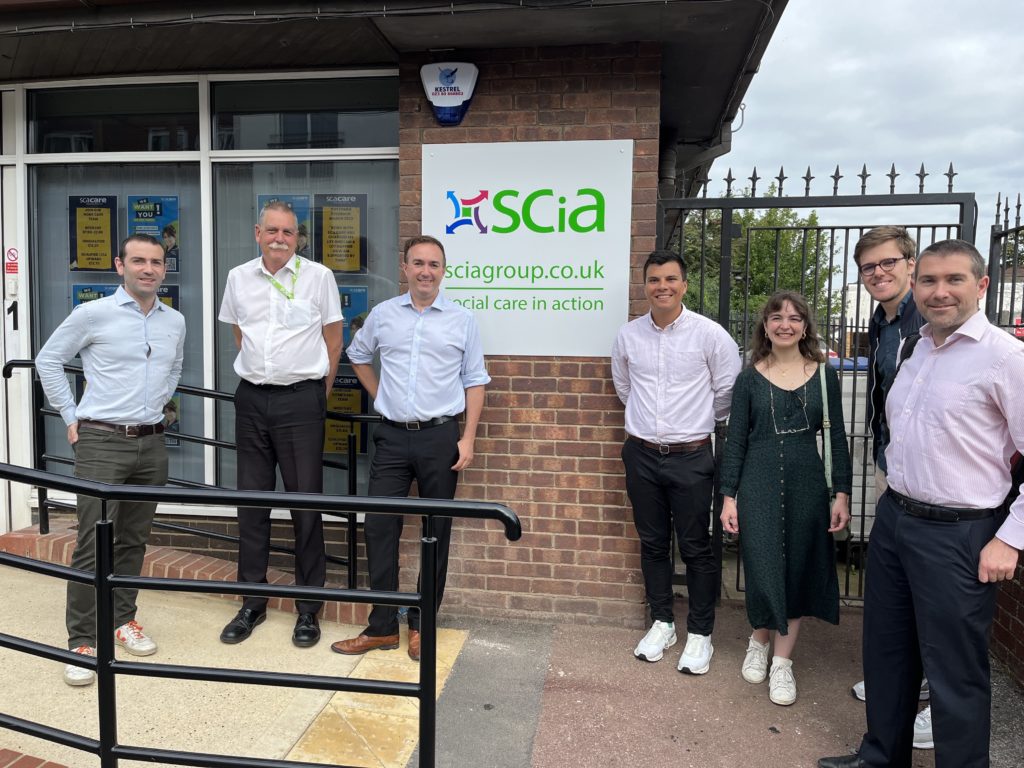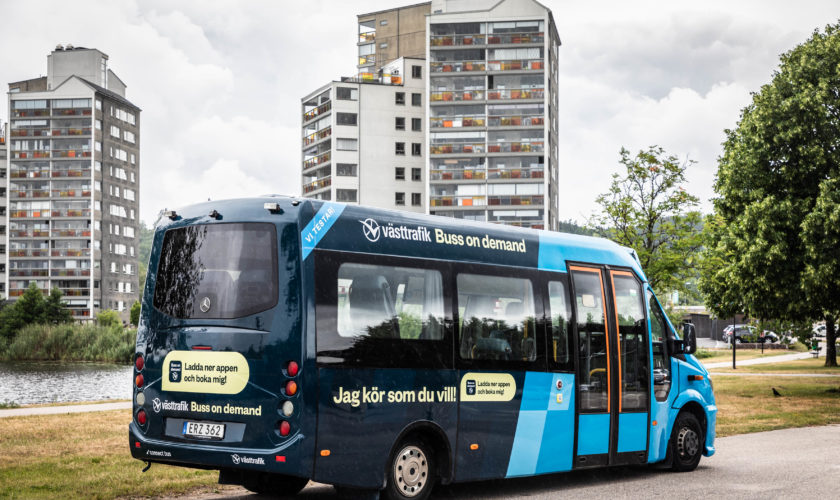Since 2019, Padam Mobility, in partnership with Setec its, has been at the forefront of deploying the DRT system for Île-de-France Mobilités. This service has recently surpassed an impressive 2 million trips, marking a significant milestone in the company’s journey. This dynamic DRT service, initiated in 2019, has evolved into the densest Demand-Responsive Transport network globally, covering 70 municipalities. It provides a flexible transport option that complements bus lines during off-peak hours and offers a reliable public transport solution for less densely populated areas.
Rapid Expansion and High User Satisfaction
The TAD IDFM (Transport à la Demande for Île-de-France Mobilités) service has shown remarkable growth. In just four years, its presence has expanded from covering 8% of the outer suburbs to an impressive 70% today. Padam Mobility’s contribution has been instrumental in harmonising the transport offer across these territories through a unified application. Currently, the service facilitates over 70,000 trips each month, with a commendable 83% user satisfaction rate, underscoring its success and reliability.
The Essence of Demand-Responsive Transport
Demand-Responsive Transport (DRT) is a flexible public transport solution designed to optimise mobility based on actual demand. The core idea is to provide shared mobility everywhere at a manageable cost for local governments. This French innovation acts like a Swiss army knife for connecting territories, reducing car dependency, and mitigating isolation. Importantly, DRT complements, rather than competes with, other public transport modes. Unlike regular transport services, DRT operates based on user reservations, primarily through an application, and can cover entire zones instead of following fixed routes.
A Proven Solution for Modern Mobility Needs
As the TàD IDFM continues to evolve, it stands as a model for modern, efficient, and flexible public transport. The recent milestone of 2 million journeys is a testament to the effectiveness and potential of dynamic Demand-Responsive Transport. Padam Mobility’s commitment to innovation and service excellence positions it as a critical player in the future of public transport, providing sustainable and inclusive mobility solutions.
“We congratulate IDFM on surpassing the 2 million journey mark with their DRT service. This achievement further proves that dynamic Demand-Responsive Transport is poised to become a key tool in public policies aimed at combating mobility poverty and reducing car dependency.” Thibault Lécuyer, CEO of Padam Mobility.
About Padam Mobility
Padam Mobility is the European leader in developing dynamic Demand-Responsive Transport (DRT) solutions, offering innovative tools to optimise the planning, management, and operation of transport services. Founded on advanced technology and deep expertise in the transport sector, Padam Mobility is dedicated to transforming mobility by offering intelligent and sustainable solutions for transport authorities and operators worldwide.
In celebrating its decade-long journey, Padam Mobility not only reflects on its achievements but also looks forward to continuing its mission of transforming public transport and enhancing mobility for communities around the world.
This article might interest you as well: Slinky: New On-Demand Transport in Somerton and Langport



